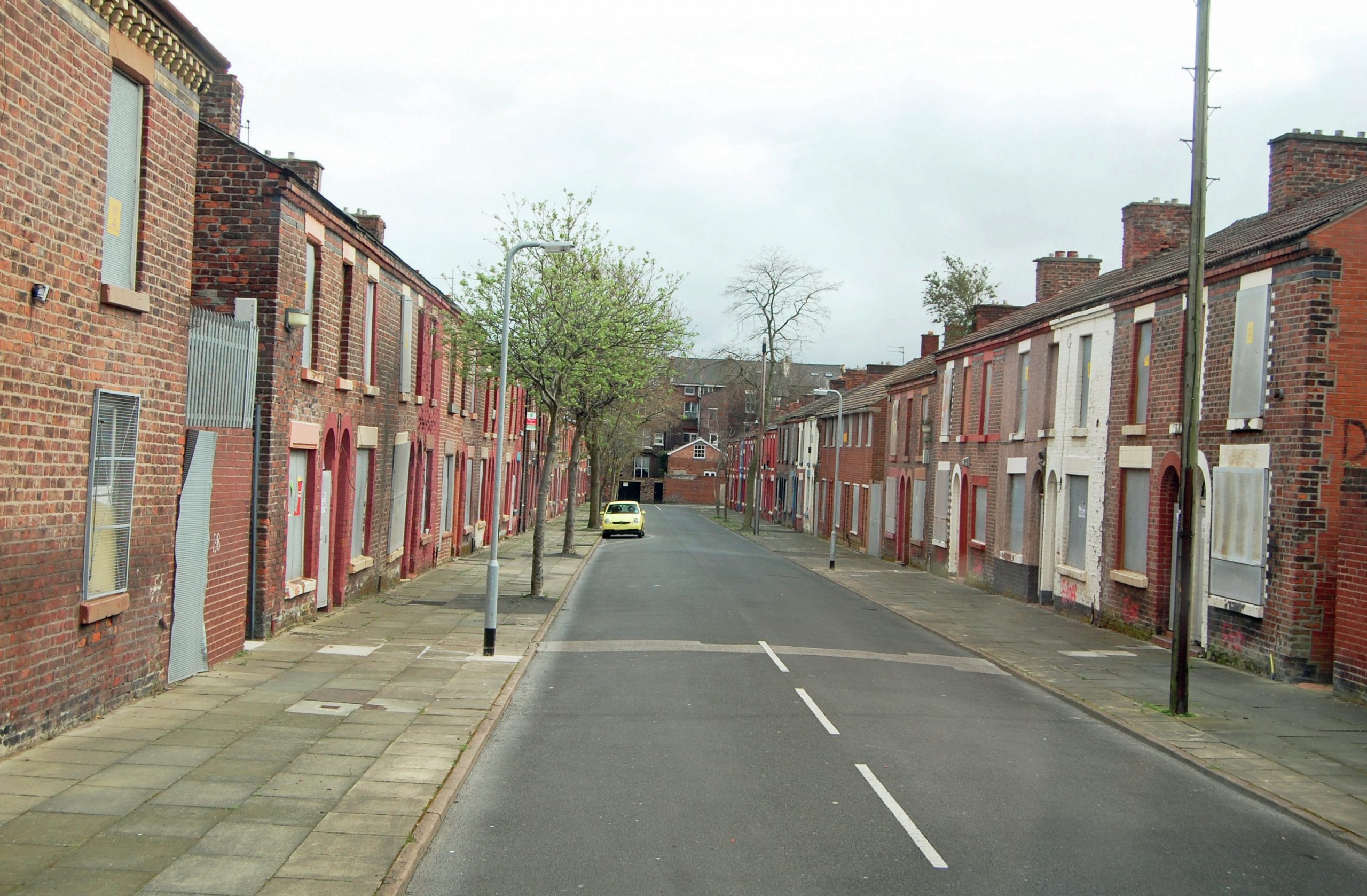
Along with many other economies, the UK experienced a period of relative macroeconomic stability and economic growth during the late 1990s and early 2000s. In the last few years, with the onset of the credit crunch and financial crisis, recession has begun to bite. But can we measure how bad things have become? The misery index is one method that might be used. It was devised in the 1960s, by economist Arthur Okun, an advisor to President Lyndon Johnson.
In any list of ‘bad’ things that need to be tackled in an economy, the twin evils of inflation and unemployment would be bound to feature strongly. You should be familiar with the Phillips curve which can be used to examine possible trade-offs between these two key variables. In the 1960s the results of Professor Phillips’ work seemed to suggest that the two were inversely related, as shown in Figure 1(a). This conveniently fitted into the Keynesian beliefs of the time, which suggested that governments could fine-tune the economy using demand management along an upward-sloping aggregate supply curve.
Your organisation does not have access to this article.
Sign up today to give your students the edge they need to achieve their best grades with subject expertise
Subscribe




